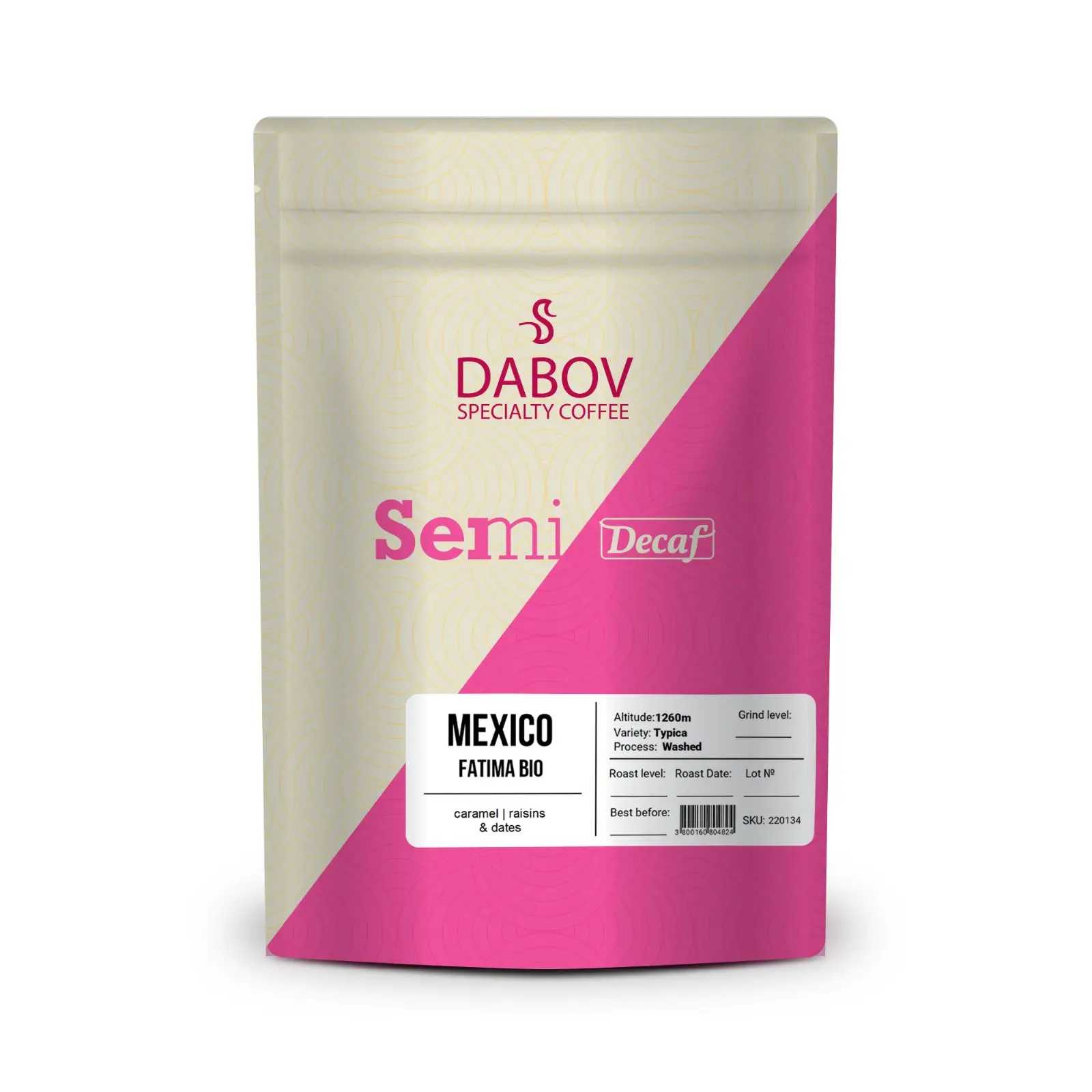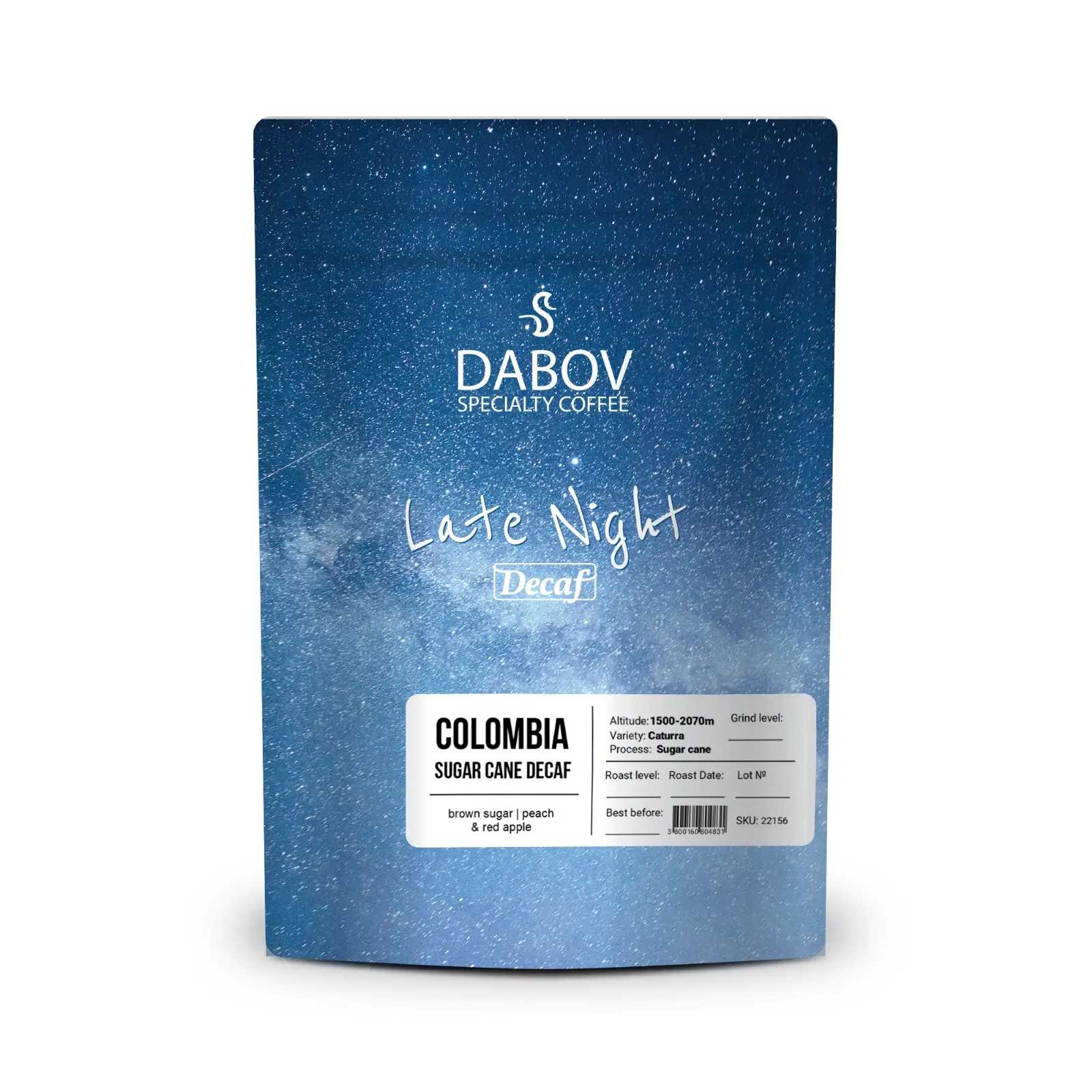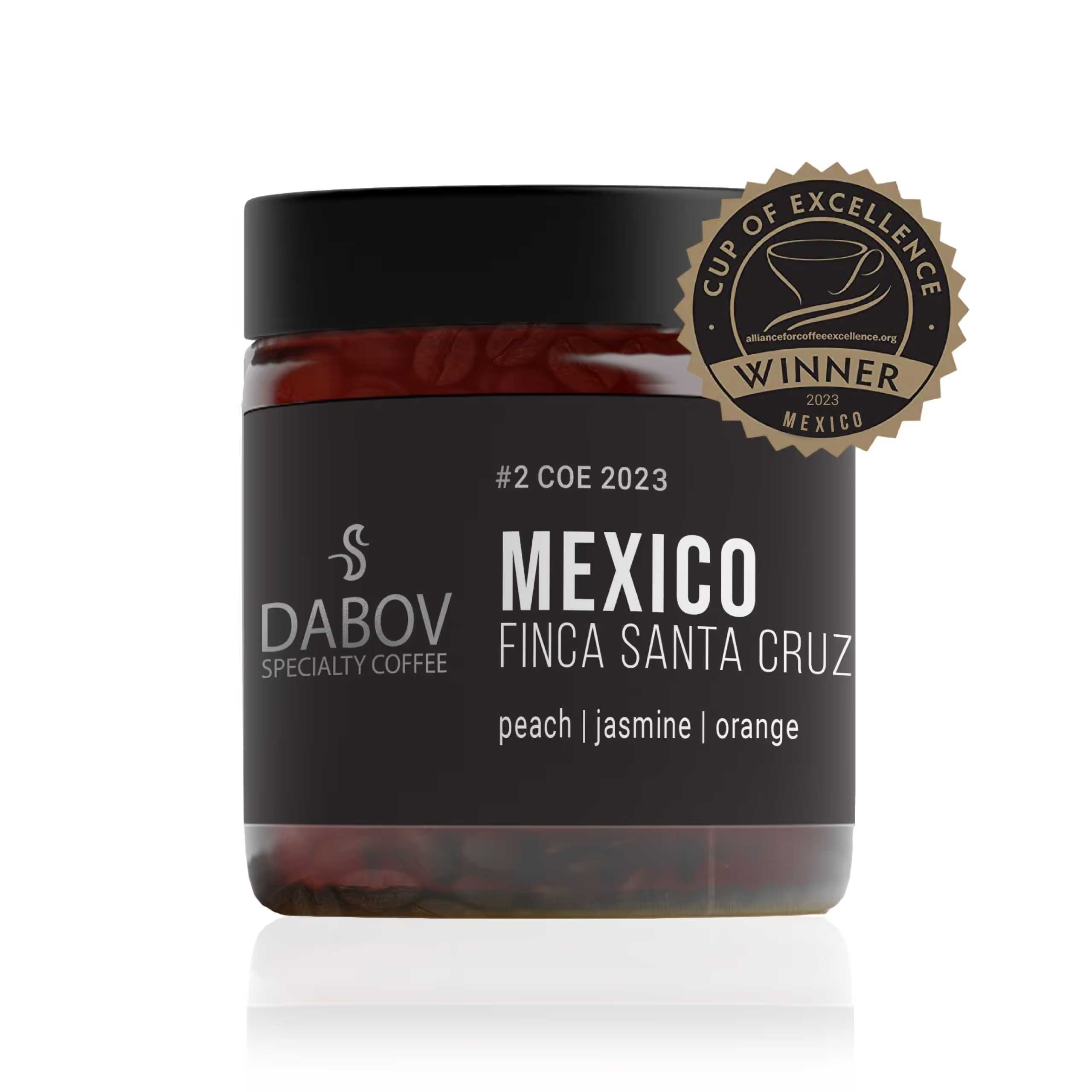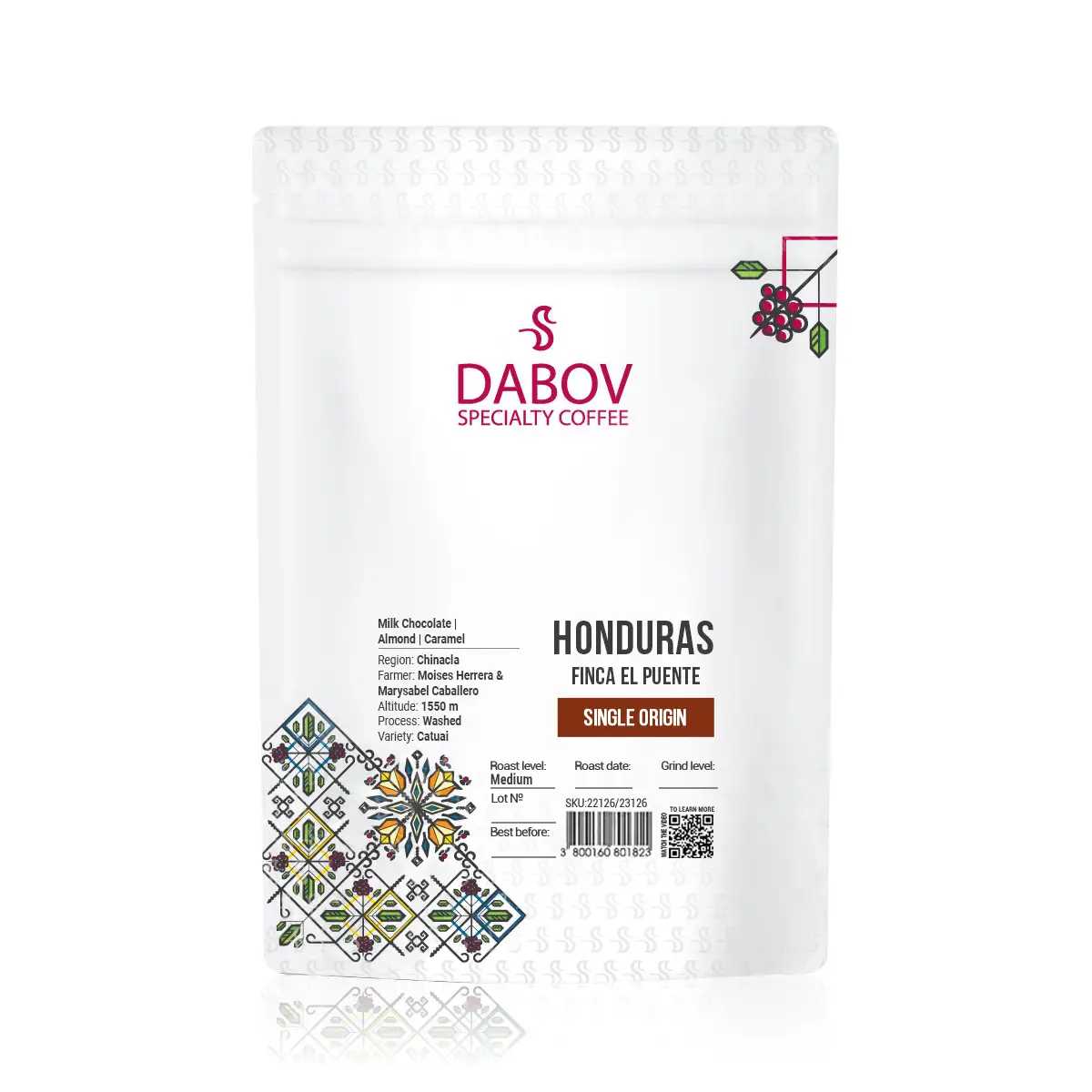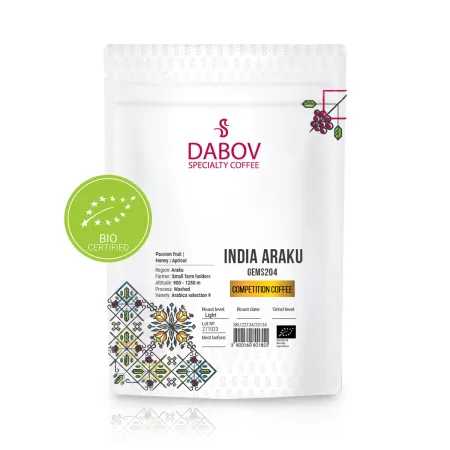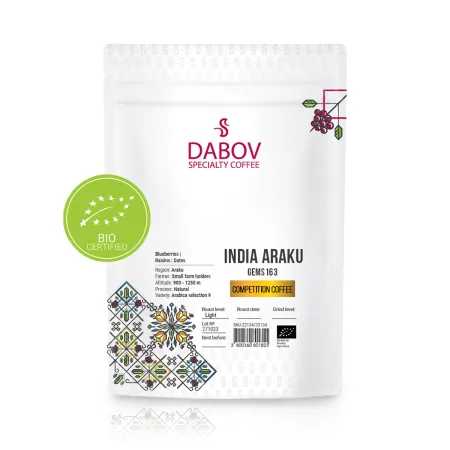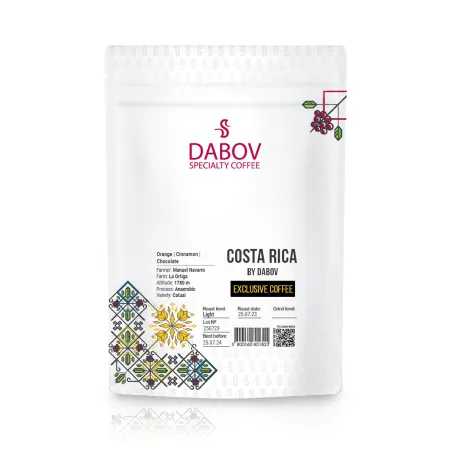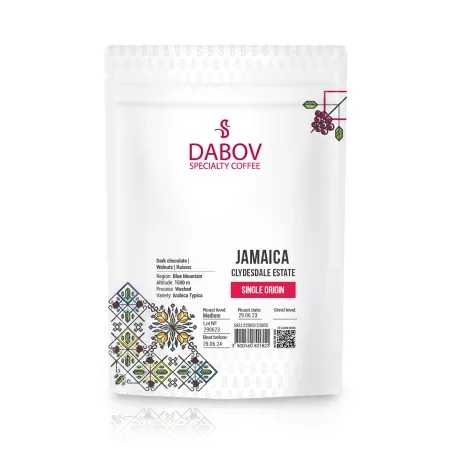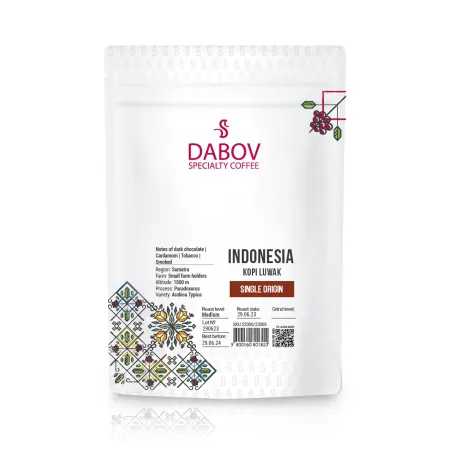EspressoBased Drinks Exploring Cappuccinos, Lattes, and More
Dive into the world of espresso-based drinks, from the creamy comfort of cappuccinos to the rich flavors of lattes and macchiatos. This article unpacks the artistry behind these beloved beverages, detailing their preparation methods, key ingredients, and the nuances that distinguish each drink. Whether you're a seasoned barista or a coffee novice, explore classic recipes, tips for brewing the perfect espresso at home, and exciting variations to customize your drink. Discover how to master frothing techniques for milk and learn about popular flavorings that can elevate your coffee experience. Join us on this caffeinated journey and find your new favorite espresso drink!
Introduction
Espresso-based drinks have become the cornerstone of modern coffee culture, captivating coffee enthusiasts and casual drinkers alike with their rich flavors, intricate preparation methods, and artistic presentations. These beverages, which include the beloved cappuccino, latte, and a myriad of other variations, all start with the same foundation: a perfectly pulled shot of espresso. From there, the addition of steamed milk, foam, and various flavorings creates a diverse array of drinks that cater to every palate and preference.
The world of espresso-based beverages is a fascinating blend of tradition and innovation, where centuries-old Italian coffee customs meet modern barista techniques and creative flavor combinations. Whether you're a seasoned coffee connoisseur or just beginning to explore beyond your regular cup of joe, understanding the nuances of these drinks can enhance your appreciation and enjoyment of coffee. In this comprehensive guide, we'll delve deep into the art and science of espresso-based drinks, exploring their origins, preparation methods, and the subtle differences that make each one unique.
Understanding Espresso
What is Espresso?
Espresso is the heart and soul of many beloved coffee drinks, but it's often misunderstood. At its core, espresso is a method of coffee preparation rather than a specific type of bean or roast. This brewing method involves forcing hot water through finely-ground coffee beans at high pressure, typically around 9 bars, resulting in a concentrated shot of coffee with a distinctive layer of crema on top.
The ideal espresso shot should have a balance of sweetness, acidity, and bitterness, with a rich, full-bodied mouthfeel. The crema, a golden-brown foam that forms on the surface, is a hallmark of a well-pulled shot and contributes to the espresso's aroma and flavor complexity. Achieving the perfect espresso requires precision in several factors, including grind size, water temperature, pressure, and extraction time. Baristas often speak of the "golden rule" of espresso: a 25-30 second extraction time for a double shot (about 60ml) of espresso.
The flavor profile of espresso is intense and multifaceted, with notes that can range from chocolate and caramel to fruit and nuts, depending on the coffee beans used and their roast level. The concentration of flavors in espresso makes it an ideal base for other drinks, as it can stand up to the addition of milk and other ingredients without losing its character.
Espresso vs. Regular Coffee
While both espresso and regular brewed coffee come from the same source – coffee beans – the preparation methods and resulting beverages are quite different. Regular coffee, whether made through drip, pour-over, or French press methods, involves a longer extraction time with coarser grounds and produces a larger volume of coffee. Espresso, on the other hand, is made with finely ground coffee and a much shorter extraction time, resulting in a smaller, more concentrated drink.
One common misconception is that espresso contains more caffeine than regular coffee. While it's true that espresso has a higher concentration of caffeine per ounce, a typical serving of espresso (1-2 ounces) actually contains less caffeine than a standard cup of brewed coffee (8 ounces). The intense flavor of espresso often leads people to perceive it as "stronger," but this refers to taste rather than caffeine content.
The differences in preparation also affect the chemical composition of the final product. Espresso contains more dissolved solids and oils than regular coffee, contributing to its fuller body and the presence of crema. These characteristics make espresso ideal for mixing with milk to create various drinks, as the strong flavors and oils can penetrate the milk and create a harmonious blend.
Classic Espresso-Based Beverages
Cappuccino
Cappuccino Guide
The cappuccino is perhaps one of the most iconic espresso-based drinks, beloved for its perfect balance of espresso, steamed milk, and foam. Originating in Italy, the cappuccino has become a global favorite, though its preparation can vary slightly depending on where you are in the world.
A traditional Italian cappuccino consists of equal parts espresso, steamed milk, and milk foam, typically served in a 5-6 ounce cup. The name "cappuccino" is said to come from the resemblance of the drink's color to the robes worn by Capuchin monks.
The key to a perfect cappuccino lies in the milk texture. The ideal steamed milk for a cappuccino should have a velvety, microfoam consistency – tiny, uniform bubbles that give the milk a glossy appearance and silky mouthfeel. This texture allows the milk to blend seamlessly with the espresso while still maintaining a distinct layer of foam on top.
The espresso-to-milk ratio is crucial in a cappuccino. Too much milk can overwhelm the espresso flavors, while too little can result in a drink that's too strong or bitter. The traditional 1:1:1 ratio (espresso, steamed milk, foam) creates a harmonious balance where the espresso's intensity is complemented by the creamy sweetness of the milk.
Cappuccino Recipe
To create the perfect cappuccino at home, follow these steps:
- Start with a clean, warm cup. Preheating your cup ensures that your cappuccino stays hot longer.
- Pull a double shot of espresso (about 2 ounces) directly into your cup. If you don't have an espresso machine, you can use a Moka pot or AeroPress to create a strong coffee concentrate.
- Steam your milk. For a 6-ounce cappuccino, you'll need about 4 ounces of cold milk. The ideal temperature for steamed milk is between 150-160°F (65-71°C). As you steam, aim to create a smooth, velvety texture with tiny, uniform bubbles.
- Once your milk is steamed, tap the pitcher on the counter to break any large bubbles, and swirl it gently to incorporate the foam with the liquid milk.
- Pour the steamed milk into your espresso, starting from a low height and gradually raising the pitcher as you pour. This technique helps to incorporate the milk with the espresso.
- As you finish pouring, bring the pitcher closer to the surface of the drink and increase the flow slightly to allow the foam to settle on top.
- If desired, you can dust the top of your cappuccino with a sprinkle of cocoa powder or cinnamon for added flavor and presentation.
Remember, practice makes perfect when it comes to milk steaming and pouring techniques. Don't be discouraged if your first attempts don't look like a barista's – the taste is what matters most!
Latte
Latte Guide
The latte, short for "caffè latte" (Italian for "milk coffee"), is another popular espresso-based drink that has gained worldwide popularity. Unlike the cappuccino, which has distinct layers, a latte is characterized by its larger volume of steamed milk and a thin layer of foam on top.
A typical latte consists of one or two shots of espresso topped with steamed milk and a small amount of milk foam. The ratio of espresso to milk is generally 1:3 or 1:4, resulting in a creamier, milder coffee flavor compared to a cappuccino. This higher proportion of milk makes the latte a popular choice for those who enjoy a less intense coffee taste or as a base for flavored variations.
One of the most distinctive features of a latte is the opportunity it provides for latte art. The thin layer of microfoam on top of a latte creates the perfect canvas for baristas to showcase their creativity, pouring intricate designs such as hearts, rosettas, or even more complex patterns. While latte art doesn't affect the taste of the drink, it adds a visual appeal that has become an integral part of coffee culture.
Latte Recipe
To make a classic latte at home, follow these steps:
- Begin by pulling a double shot of espresso (about 2 ounces) into a large cup or mug. A 12-ounce cup is ideal for a standard latte.
- Steam approximately 10 ounces of milk. The goal is to create a smooth, velvety microfoam without incorporating too much air. The ideal temperature for latte milk is slightly lower than for a cappuccino, around 140-150°F (60-65°C), as this allows the natural sweetness of the milk to shine through.
- Once your milk is steamed, gently swirl the pitcher to incorporate the foam with the liquid milk, creating a uniform texture.
- Pour the steamed milk into your espresso, starting from a low height to allow the milk to mix with the espresso. As you near the top of the cup, bring the pitcher closer to the surface and increase the flow slightly to create a thin layer of foam on top.
- If you want to try your hand at latte art, start by pouring the milk in a steady stream from about an inch above the surface of the drink. As the cup fills, bring the pitcher closer to the surface and increase the flow rate. Move the pitcher in a pattern (such as back and forth or in a circular motion) to create your design.
For flavored lattes, you can add syrups or spices to the espresso before pouring the milk. Popular variations include vanilla latte (add 1-2 pumps of vanilla syrup), caramel latte (drizzle caramel sauce on top), or a seasonal favorite like pumpkin spice latte (add pumpkin spice syrup and a dusting of pumpkin pie spice on top).
Macchiato
Understanding Macchiato
The macchiato, which means "stained" or "spotted" in Italian, is a simple yet nuanced espresso drink. In its traditional form, a macchiato is an espresso with a small amount of steamed milk added, just enough to "stain" the crema on top of the espresso.
There are two main types of macchiatos:
- Espresso Macchiato: This is the traditional version, consisting of a shot of espresso with a small dollop of steamed milk and foam on top, usually about 1-2 teaspoons. The milk is meant to soften the intensity of the espresso slightly without overpowering it.
- Latte Macchiato: This is a more modern interpretation, where steamed milk is poured into a glass, and then a shot of espresso is added on top, creating a layered effect. This results in a drink that's closer to a latte in terms of milk content but with a distinct layered appearance.
It's worth noting that in some coffee chains, particularly in North America, the term "macchiato" has been adapted to describe drinks that are quite different from the traditional Italian macchiato. For example, a "caramel macchiato" is typically a vanilla latte with caramel drizzle on top, bearing little resemblance to the original macchiato.
Macchiato Recipe
To make a traditional espresso macchiato:
- Pull a shot of espresso (about 1 ounce) into a small espresso cup.
- Steam a small amount of milk, creating a light, airy foam.
- Using a spoon, place about 1-2 teaspoons of the foamed milk on top of the espresso, aiming for the center of the crema.
- Serve immediately, allowing the drinker to experience the contrast between the intense espresso and the small amount of creamy milk.
For a latte macchiato:
- Steam about 6-8 ounces of milk until it's hot and has a light layer of foam.
- Pour the steamed milk into a tall, clear glass, holding back the foam with a spoon.
- Gently pour the foam on top of the milk.
- Slowly pour a shot of espresso over the foam, allowing it to create a distinct layer between the milk and foam.
- Serve without stirring, allowing the layers to remain distinct.
Other Popular Espresso Drinks
While cappuccinos and lattes dominate many coffee shop menus, there's a wide world of other espresso-based drinks worth exploring. Here are a few popular variations:
- Mocha: A delightful combination of espresso, steamed milk, and chocolate syrup, topped with whipped cream. It's essentially a latte with the addition of chocolate, making it a favorite among those who enjoy a sweeter coffee experience.
- Cortado: Originating from Spain, a cortado is equal parts espresso and steamed milk, typically served in a small glass. The milk in a cortado is steamed but not texturized, resulting in a drink that's smoother than an espresso but stronger than a latte.
- Flat White: This Australian/New Zealand creation consists of espresso with steamed milk, similar to a latte but with a higher coffee-to-milk ratio and very little foam. The milk in a flat white is steamed to create microfoam throughout, giving it a velvety texture.
- Americano: For those who enjoy the flavor of espresso but prefer a larger, less intense drink, the Americano is a perfect choice. It's made by adding hot water to espresso, resulting in a drink similar in strength to drip coffee but with the distinct flavor profile of espresso.
- Affogato: While not strictly a drink, this Italian dessert features a scoop of vanilla gelato or ice cream "drowned" in a shot of hot espresso. It's a delightful combination of hot and cold, sweet and bitter.
Each of these drinks offers a unique way to enjoy espresso, catering to different preferences in terms of strength, milk content, and flavor profiles. Experimenting with these variations can help you discover new favorites and appreciate the versatility of espresso-based beverages.
Variations and Flavorings
The world of espresso-based drinks is constantly evolving, with baristas and coffee enthusiasts continually experimenting with new flavors and combinations. Customizing your espresso drinks allows you to tailor your coffee experience to your personal taste preferences and even to the season or occasion.
Customizing Your Espresso Drinks
There are numerous ways to add variety to your espresso drinks:
- Flavored Syrups: These are perhaps the most common way to customize coffee drinks. Popular flavors include vanilla, caramel, hazelnut, and chocolate. Most coffee shops offer sugar-free versions as well. To use, add 1-2 pumps (about 1/4 to 1/2 ounce) of syrup to your drink before adding the espresso and milk.
- Spices: Adding a sprinkle of cinnamon, nutmeg, or cocoa powder to the top of your drink can enhance its flavor profile. Some people even enjoy adding these spices directly to the ground coffee before brewing for a more infused flavor.
- Alternative Milks: For those who are lactose intolerant or simply prefer non-dairy options, there are many alternatives available. Soy, almond, oat, and coconut milk can all be steamed and used in espresso drinks, each imparting its own unique flavor and texture.
- Sweeteners: Beyond standard sugar, options like honey, agave nectar, or flavored sugar (like vanilla sugar) can add sweetness and complexity to your drink.
- Toppings: Whipped cream, chocolate shavings, or even a drizzle of caramel or chocolate sauce can turn a simple latte into an indulgent treat.
- Temperature Variations: While most espresso drinks are served hot, many can be enjoyed over ice or even blended with ice for a frappe-style drink.
Seasonal Recipes
Coffee shops often introduce seasonal specials that capture the flavors and mood of each time of year. These limited-time offerings can be a great way to experience new flavor combinations and get into the spirit of the season. Some popular seasonal variations include:
- Pumpkin Spice Latte (Fall): This autumn favorite combines espresso with steamed milk, pumpkin spice syrup (made with pumpkin puree, cinnamon, nutmeg, and other spices), and is often topped with whipped cream and a sprinkle of pumpkin pie spice.
- Peppermint Mocha (Winter): Perfect for the holiday season, this drink features espresso, steamed milk, chocolate syrup, and peppermint syrup, often garnished with whipped cream and crushed candy canes.
- Lavender Latte (Spring): A delicate and floral option, this latte is made with espresso, steamed milk, and lavender syrup, sometimes garnished with a sprinkle of dried lavender buds.
- Iced Caramel Macchiato (Summer): While available year-round in many places, this refreshing drink is particularly popular in summer. It features vanilla syrup, cold milk, ice, espresso poured over the top, and a drizzle of caramel sauce.
Creating your own seasonal recipes can be a fun way to experiment with flavors. For example, you might try a Maple Pecan Latte in the fall, combining espresso with steamed milk, a touch of maple syrup, and a sprinkle of toasted pecans on top.
Remember, when adding flavors to your espresso drinks, the goal is to enhance, not overpower, the coffee. Start with small amounts of flavorings and adjust to your taste. The beauty of customizing your drinks is that you can create a perfect balance that suits your personal preferences.
Tips for Brewing the Perfect Espresso
The foundation of any great espresso-based drink is, of course, the espresso itself. Whether you're using a professional-grade espresso machine or a home setup, there are several key factors to consider when aiming for that perfect shot.
Selecting the Right Coffee Beans
The choice of coffee beans is crucial in determining the flavor and quality of your espresso. Here are some tips for selecting the best beans:
- Freshness: Always opt for freshly roasted beans. Look for a roast date on the package and try to use beans within 2-4 weeks of that date for optimal flavor.
- Roast Level: While espresso can be made with any roast level, medium to dark roasts are traditionally preferred. These roasts often have a fuller body and lower acidity, which works well in espresso and milk-based drinks.
- Blend vs. Single Origin: Espresso blends are designed to create a balanced flavor and consistent crema. They often combine beans from different regions to achieve a specific taste profile. Single-origin espressos can offer unique and distinct flavors but may be less consistent.
- Arabica vs. Robusta: Most high-quality espressos use 100% Arabica beans or a blend with a high percentage of Arabica. Robusta beans are sometimes added to increase crema and caffeine content, but they can also introduce harsher flavors.
- Experiment: Don't be afraid to try different beans and blends. Your perfect espresso might be different from someone else's, so explore various options to find what you enjoy most.
Grinding and Brewing Techniques
The grind and brewing process are where the magic happens in espresso making. Here are some key points to remember:
- Grind Size: Espresso requires a very fine, consistent grind. The exact size can vary depending on your machine and beans, but it should be about the consistency of fine sugar or salt.
- Grind Fresh: For the best flavor, grind your beans immediately before brewing. Once ground, coffee begins to lose its aromatic compounds quickly.
- Dosing: A standard double shot of espresso typically uses 14-18 grams of ground coffee. Use a scale for consistency.
- Tamping: Apply firm, even pressure when tamping your grounds. The goal is to create a uniform puck that water will pass through evenly.
- Water Temperature: The ideal brewing temperature for espresso is between 195-205°F (90-96°C). Most espresso machines regulate this automatically, but if you're using a manual device, you'll need to pay attention to this.
- Extraction Time: Aim for a 25-30 second extraction time for a double shot (about 2 ounces) of espresso. If it's too fast, your grind may be too coarse; if it's too slow, it may be too fine.
- Pressure: Espresso is typically brewed at 9 bars of pressure. Most home machines are preset to this, but some allow for adjustment.
Milk Techniques for Coffee Drinks
Properly steamed milk is crucial for many espresso-based drinks. Here are some tips for achieving that perfect milk texture:
- Start Cold: Always start with cold milk straight from the refrigerator. This gives you more time to incorporate air and create microfoam before the milk reaches its ideal temperature.
- Use the Right Amount: Don't overfill your pitcher. Fill it about 1/3 full to allow room for the milk to expand as it's steamed.
- Position the Steam Wand: The tip of the wand should be just below the surface of the milk at a slight angle. This allows you to create a whirlpool effect that incorporates air evenly.
- Listen for the 'Hiss': The sound of air being incorporated into the milk should be a gentle hiss, not a loud screech.
- Feel the Temperature: The pitcher should be too hot to hold comfortably when the milk is ready. If you're using a thermometer, aim for about 150-160°F (65-71°C) for most drinks.
- Tap and Swirl: After steaming, tap the pitcher on the counter to break any large bubbles, then swirl to create a glossy, paint-like texture.
- Pour Immediately: Don't let the milk sit after steaming, as the foam will start to separate. Pour it into your espresso right away for the best texture and latte art potential.
Remember, mastering espresso and milk techniques takes practice. Don't be discouraged if your first attempts aren't perfect – even experienced baristas are constantly refining their skills. With patience and persistence, you'll be crafting cafe-quality drinks at home in no time.
Health Considerations
While espresso-based drinks can be a delightful treat, it's important to be aware of their nutritional content and potential health impacts, especially if you're consuming them regularly.
Calorie Counts and Nutritional Value
The calorie content of espresso-based drinks can vary widely depending on the type of drink, size, and any additional flavorings or toppings. Here's a general overview:
- Espresso (1 oz): Approximately 3 calories, 0g fat, 0g carbs, 0.1g protein
- Cappuccino (8 oz): About 80 calories, 4g fat, 6g carbs, 5g protein
- Latte (16 oz): Around 190 calories, 7g fat, 19g carbs, 13g protein
- Mocha (16 oz): Approximately 290 calories, 8g fat, 40g carbs, 13g protein
These numbers can increase significantly with the addition of flavored syrups, whipped cream, or by using whole milk instead of skim or plant-based alternatives. For example, a flavored latte with whole milk and whipped cream could easily exceed 400 calories.
From a nutritional standpoint, coffee itself is low in calories and contains several beneficial compounds, including antioxidants. The milk in espresso-based drinks provides calcium and protein. However, the added sugars in flavored drinks can contribute to excessive calorie intake if consumed regularly.
If you're watching your calorie intake, consider these options:
- Choose smaller sizes
- Opt for skim milk or unsweetened plant-based milk alternatives
- Skip the whipped cream and flavored syrups
- Enjoy simpler drinks like Americanos or plain lattes
Caffeine Content Awareness
Caffeine content can vary depending on the type and size of the drink:
- Single shot of espresso (1 oz): 63 mg
- Double shot of espresso (2 oz): 125 mg
- Cappuccino (8 oz): 63-125 mg (depending on whether it's made with a single or double shot)
- Latte (16 oz): 125-150 mg
For comparison, an 8 oz cup of drip coffee typically contains 70-140 mg of caffeine, depending on the brew strength.
While moderate caffeine consumption (up to 400 mg per day for most healthy adults) is generally considered safe, it's important to be aware of your intake. Caffeine can have both positive and negative effects:
Potential Benefits:
- Increased alertness and concentration
- Improved physical performance
- Potential protective effects against certain diseases
Potential Drawbacks:
- Sleep disturbances if consumed too close to bedtime
- Increased anxiety in sensitive individuals
- Potential for caffeine dependence
If you're sensitive to caffeine or trying to reduce your intake, consider these options:
- Opt for smaller sizes or single shots instead of doubles
- Try decaf espresso (which still contains a small amount of caffeine)
- Gradually reduce your intake to minimize withdrawal symptoms
Remember, everyone's tolerance to caffeine is different. Pay attention to how your body responds and adjust your consumption accordingly. If you have any health conditions or concerns, it's always best to consult with a healthcare professional about your caffeine intake.
Conclusion
The world of espresso-based drinks is rich and diverse, offering something for every palate and preference. From the bold simplicity of a perfectly pulled espresso shot to the creamy indulgence of a flavored latte, these beverages have become an integral part of coffee culture worldwide.
As we've explored in this guide, understanding the nuances of different drinks – the ratio of espresso to milk, the texture of the foam, the addition of flavors – can greatly enhance your appreciation and enjoyment of these coffee creations. Whether you prefer the traditional balance of a cappuccino, the smooth creaminess of a latte, or the intense flavor of a macchiato, there's always something new to discover and savor.
For those inspired to dive deeper into the world of espresso drinks, don't be afraid to experiment. Try different beans, play with milk textures, or invent your own seasonal flavors. The beauty of coffee is that it's both an art and a science, leaving plenty of room for personal interpretation and creativity.
Remember, while the technical aspects of coffee making are important, what matters most is finding the drinks that you enjoy. Whether you're crafting your own beverages at home or exploring local cafes, take the time to savor your coffee experience. Pay attention to the flavors, aromas, and textures. Appreciate the skill and care that goes into each cup.
We encourage you to share your own espresso adventures. Have you discovered a unique flavor combination? Mastered the art of latte foam? Or perhaps you have a favorite local cafe that serves an exceptional cappuccino? Share your experiences, recipes, and coffee photos in the comments below or on social media. Your insights could inspire fellow coffee lovers and contribute to the ever-evolving world of espresso-based drinks.
In the end, the world of coffee is about more than just caffeine – it's about community, creativity, and the simple pleasure of a well-crafted beverage. So raise your cup (whether it's filled with a classic espresso or a seasonal latte creation) and celebrate the rich, diverse world of espresso-based drinks. Here's to many more delicious coffee experiences ahead!



